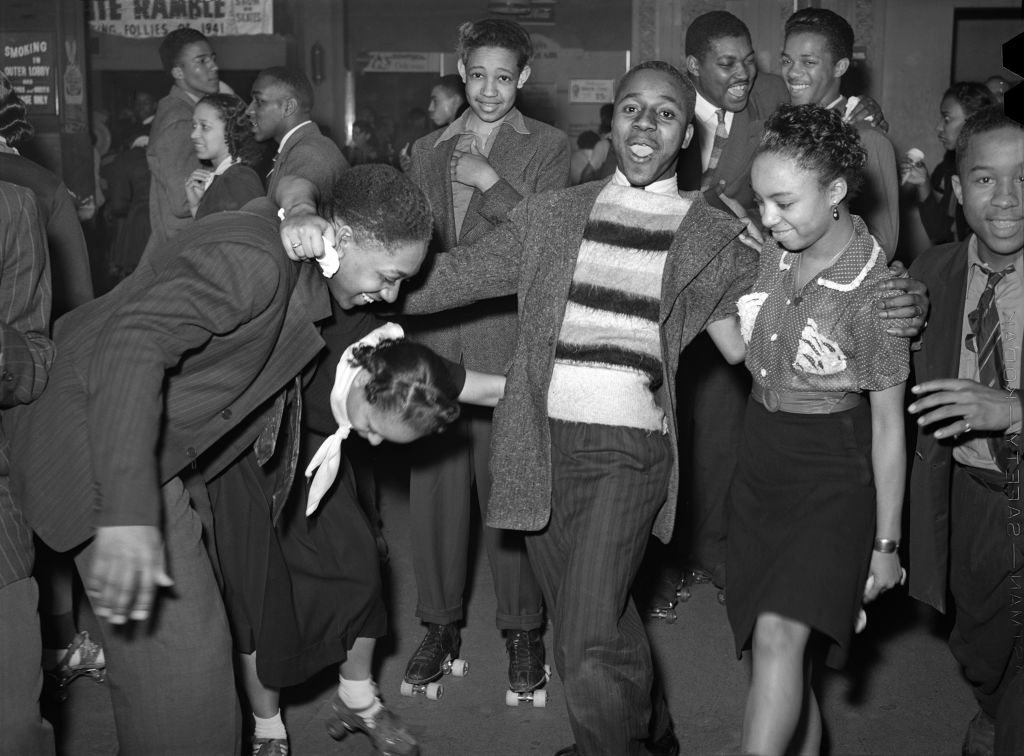A Glimpse Into The South Side Of Chicago In The Early 1940s

Source: Universal History Archive / Getty
The South Side of Chicago is the epitome of Black history. It embodies the fortitude of Black Americans who searched for a better life in a country created to hate them. The South Side, for many Blacks, was the intersection between migration, industrial expansion, and cultural innovation.
MORE: 40 Acres And A Mule: What Are Reparations And Why Is The Concept So Polarizing?
Before Chicago was the city of blues clubs and soul food restaurants, it was a crucial city for Black people looking to escape the clutches of the Jim Crow South. Between 1910 and 1960, more than 500,000 Black Americans left the racist South and headed to Chicago in hopes of a better life. Many of them were Black veterans who had fought in World War I. Of course, many of them were promised prosperity after the war, but unfortunately, promises to Black Americans were rarely kept.
The arrival of Blacks to Chicago brought with it similar tensions to those faced in the south. Racist whites refused to live next to their Black neighbors and riots ensued.
MORE: What Is Redlining And How Can It Be Solved?
This led to what is called redlining, which pushed Black Chicagoans to the South Side. Redlining had devastating effects on Black Americans, who weren’t able to pick which community they lived in and amass wealth.
As previously reported, Redlining is a discriminatory lending practice that has been outlawed for centuries. According to the New York Times, the term derives from government homeownership programs that were created during the 1930s New Deal. The programs offered “government-insured mortgages” to new and struggling homeowners as a way to push back against foreclosures during the Depression.
Later on, the government implemented new protocols for homeowners seeking assistance. Organizations like the Home Owners Loan Corp and The Federal Housing Administration FHA) used “color-coded maps” that essentially ranked what neighborhoods were eligible to receive the government back mortgages. The questionable practice occurred “in more than 200 cities and towns across the United States,” The New York Times notes.
Although Black people were pushed into the South Side of Chicago, they made it their home and created a culture of community. But the long-term effects of segregation still resonate today.
MORE: Understanding Detroit’s Legacy Of Discriminatory Housing Practices
Let’s take a glimpse into life in Chicago’s South Side for the Black Americans who called it home in the early 1940s.

